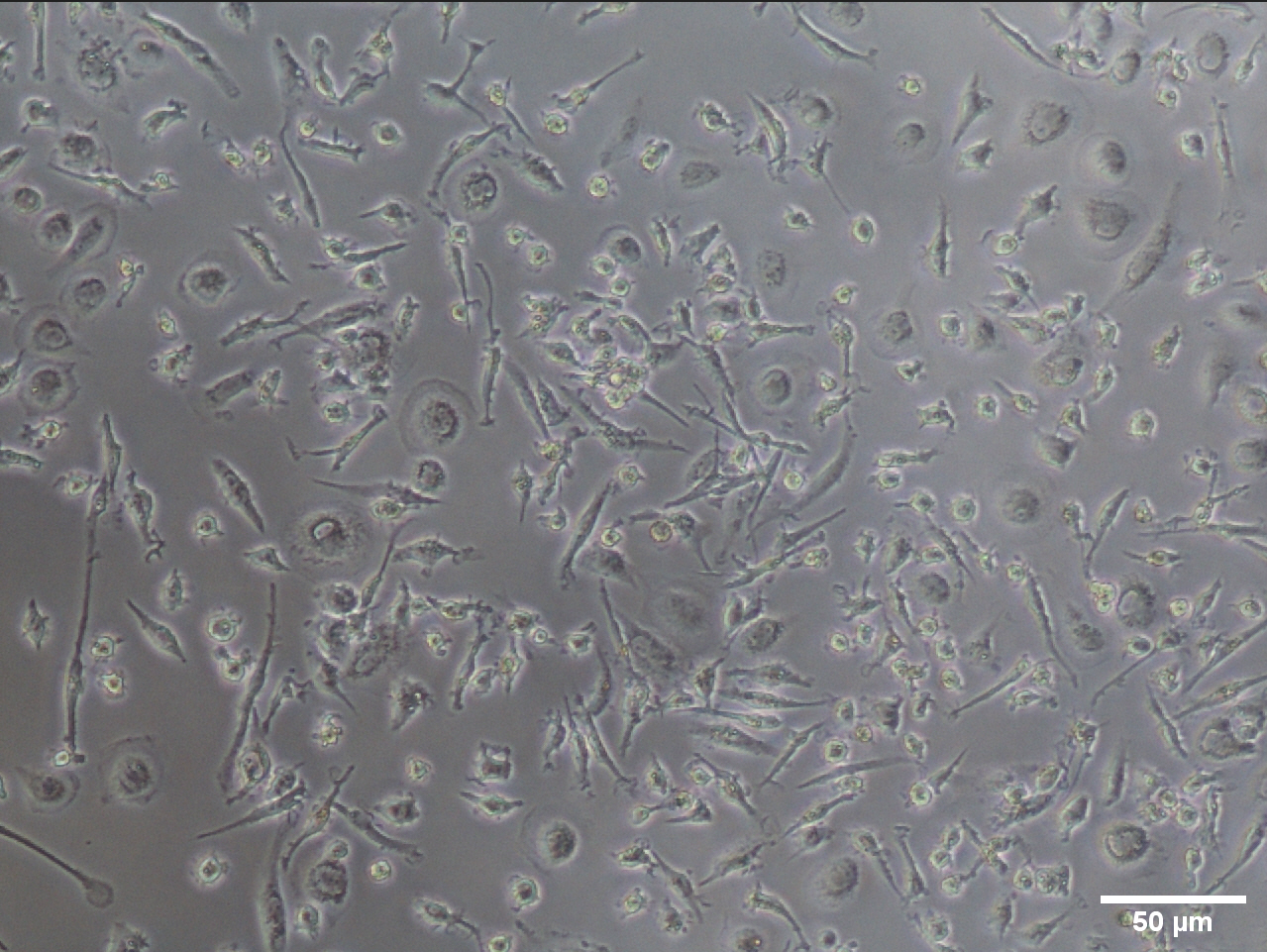NASH Hepatocytes

BeCytes Biotechnology is dedicated to providing NASH hepatocytes, which have recently been renamed MASLD, directly from diagnosed patients to advance the development of research into this growing epidemic.
MASLD hepatocytes formerly known as NASH are primary human hepatocytes that have been exposed to conditions that mimic non-alcoholic fatty liver disease (NAFLD) and non-alcoholic steatohepatitis (NASH).
These cells (MASLD hepatocytes formerly known as NASH) offer a direct link to the study of this increasingly prevalent liver disease.
| Ref. | Product |
|---|---|
| HuHECSM – NASH | Suspension – Metabolism Certified and NASH Diagnosed |
NASH Hepatocytes Charaterization
- Cell number and viability post-thawing
- Viability over time
What is NASH?
Non-Alcoholic Steatohepatitis (NASH) is the most advanced form of non-alcoholic fatty liver disease (NAFLD) characterized by an accumulation of fat in the liver cells that causes inflammation, ballooning of the liver cells, and hepatic fibrosis. Patients suffering from NASH often develop cirrhosis followed by hepatocellular carcinoma (#HCC), a life-threatening disease. Similarly, those affected with #NASH have been linked to an increased risk of developing cardiovascular diseases and chronic kidney disease. With prevalence expected to increase by 63% between 2015 and 2030, identifying the pathophysiological features of NASH is critical for disease prevention, early detection, and drug discovery.
NASH Hepatocytes from diagnosed donors will help us better understand the causes and treatments of liver diseases such as cirrhosis and liver cancer. In the near future, NASH is expected to be one of the most common reasons for liver transplantation.
BeCytes Biotechnologies NASH Hepatocytes Documentation
Certificate of analysis is provided with data related to the donor’s medical record, as well as NASH hepatocyte characterization including the number of cells per vial and viability after thawing in a time frame. Also, NASH Hepatocytes are certified for in-vitro like enzyme expression levels.
Features and Benefits
BeCytes Biotechnologies’ Nash Hepatocytes are isolated from single donors and processed the same day to ensure their best performance.
Shipping
Packaging
Packaging and shipping fresh products to preserve its quality when transporting, to ensure that all primary cell products are protected with integrity and viability.
Leak-proof packaging materials that meet the general requirements of carriers and customs authorities, where applicable usually ship at room temperature.
Related Products
FAQ
Obtain personalized advice from Cytes Scientific and Sales experts
At Cytes Biotechnologies we will personally advise you to obtain the liver cells that best suit the conditions of your project.
From the moment you contact us, our experts will follow the following steps
- Detailed study of the requirements described on the form
- Personalized advice according to the needs of each client
- Permanent contact throughout the process to ensure the best results
Fill in the following form and we will contact you with an answer to your request.







